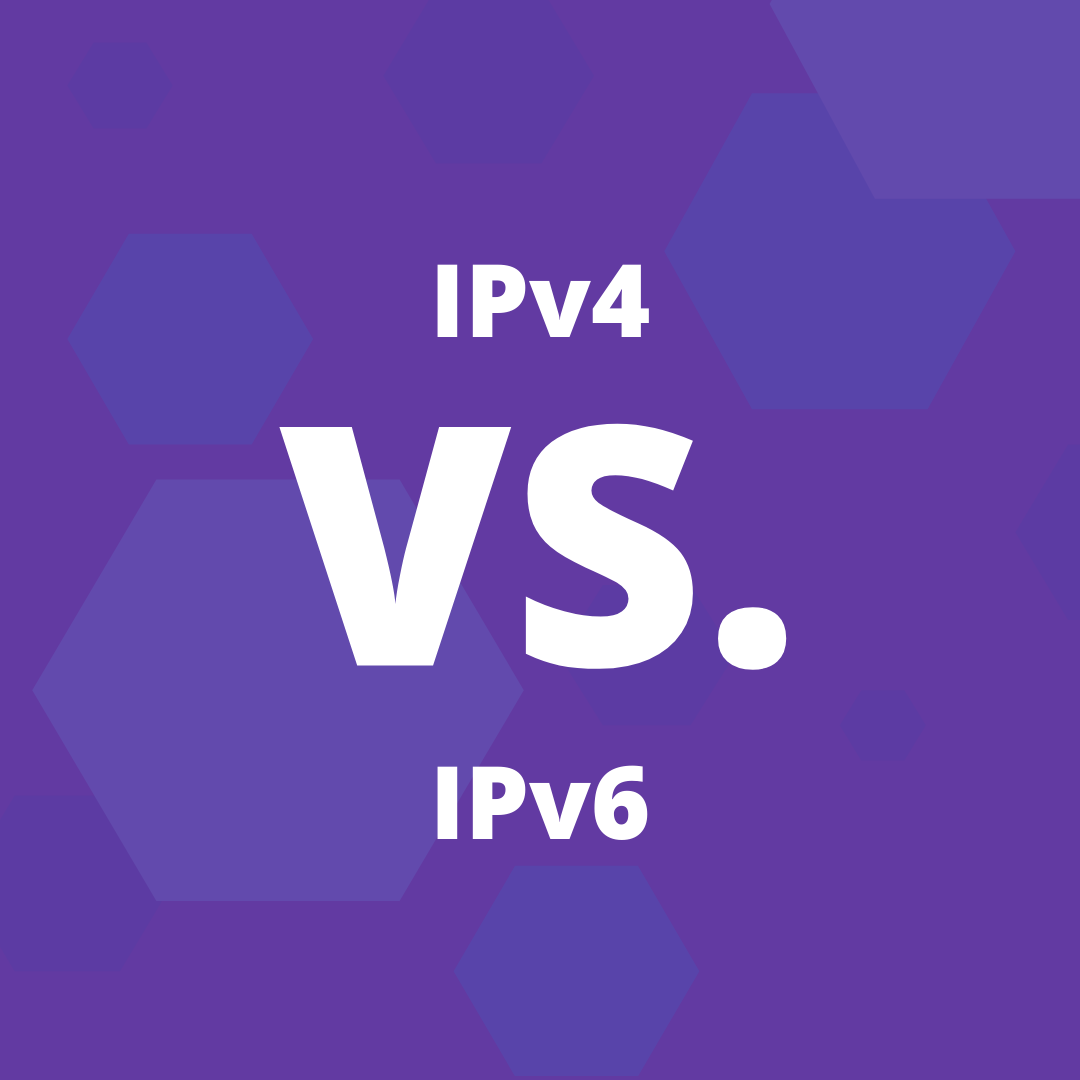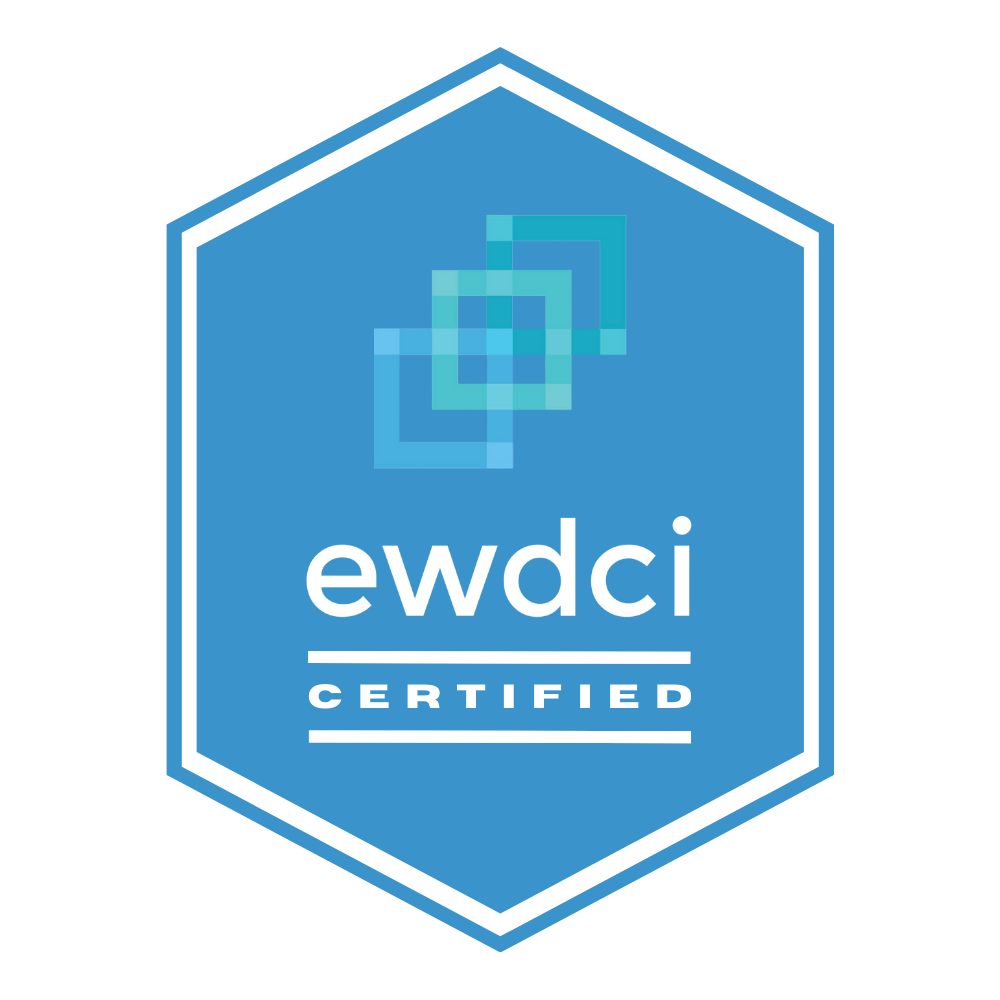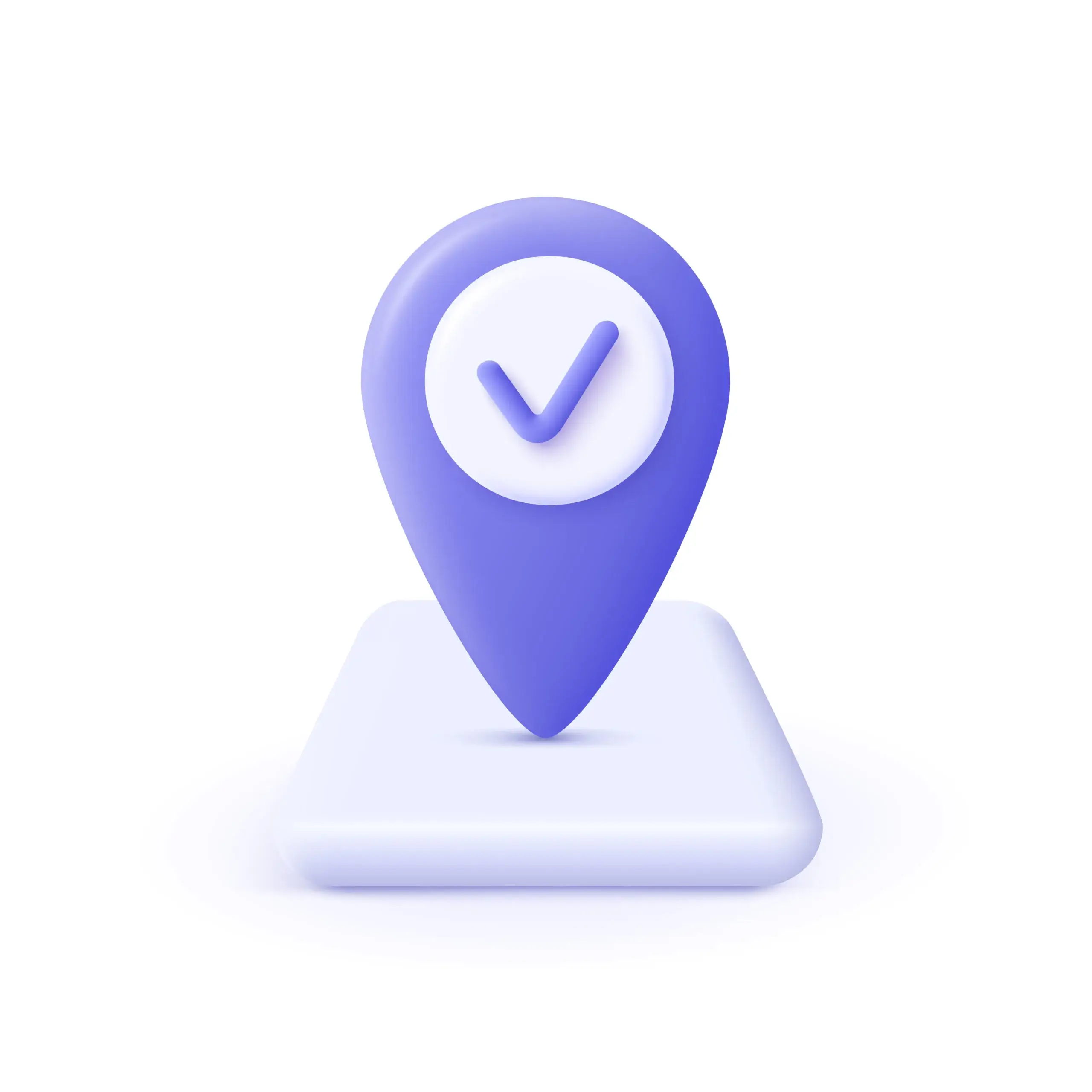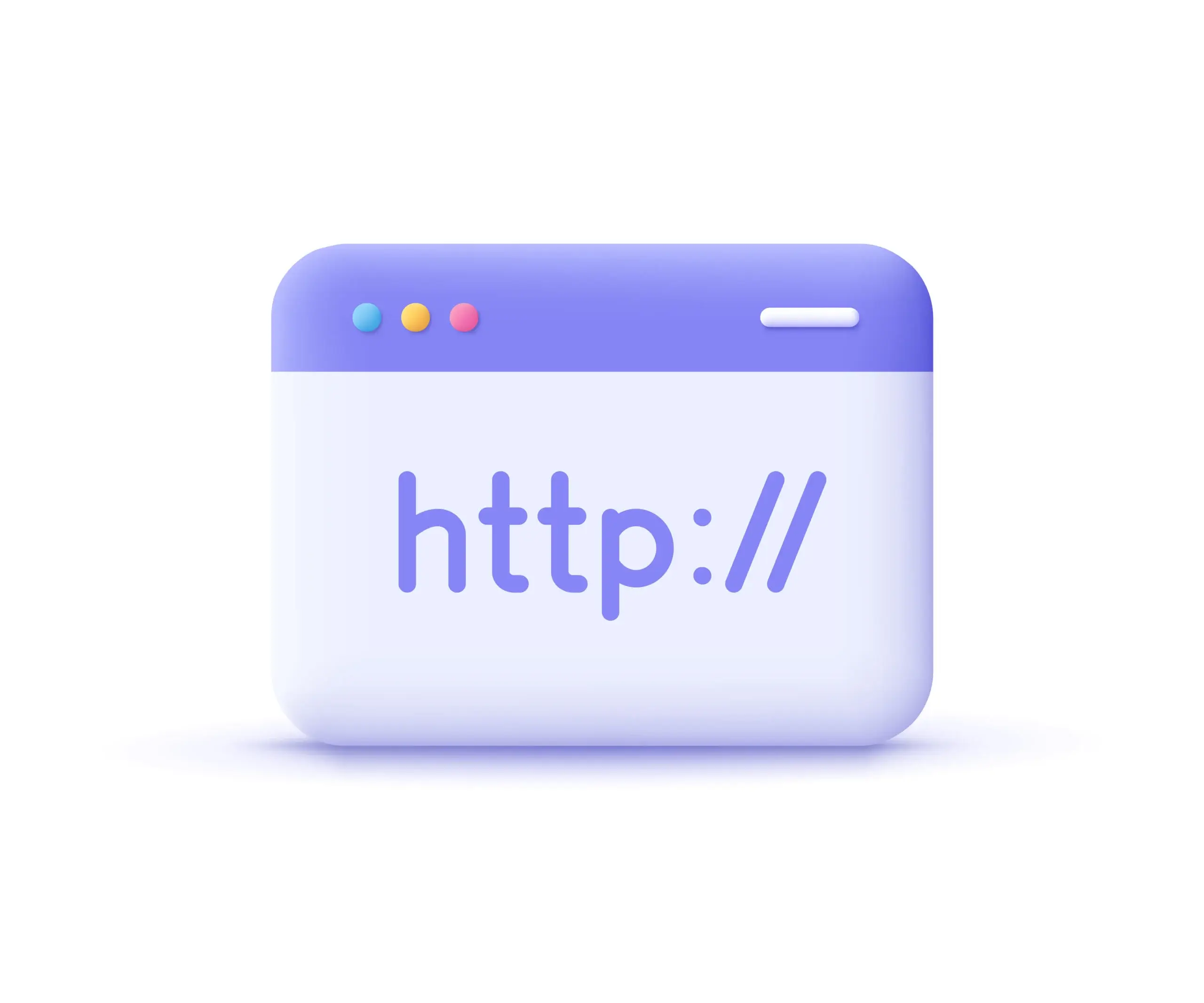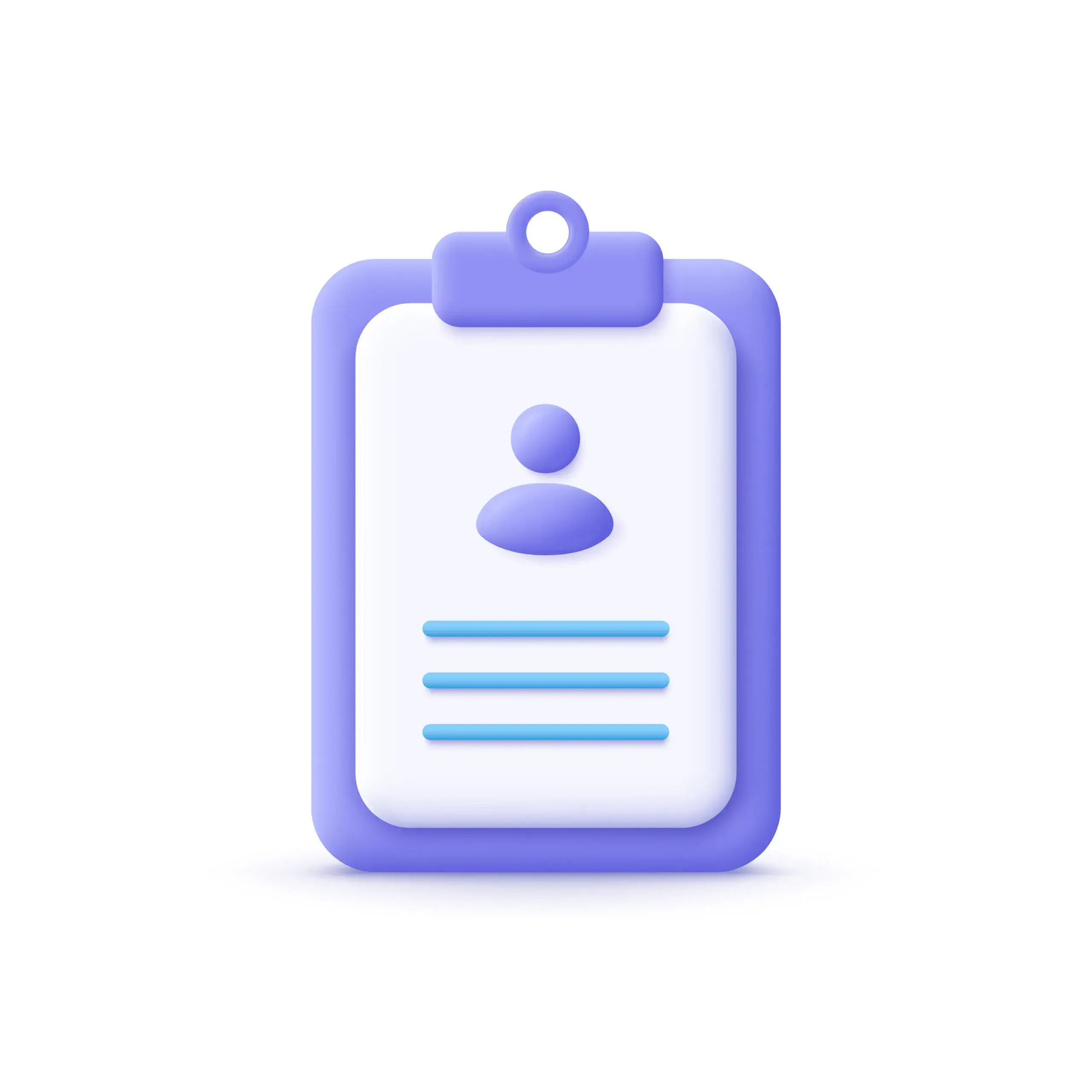Whatever vertical, if it incorporates utilizing protocols you probably have heard the terms
IPv4 and IPv6 buzzing around.
They’re technical terms, but what exactly do they mean?
In this in-depth expository text, we will be explaining how the internet uses these connection addresses to facilitate data transfer and break down the key differences between IPv4 and IPv6.
First, What Are They?
The Internet Protocol (IP) is the principal communication language or protocol of the Internet, a worldwide system of interconnected computer networks. It both routes and transmits data packets across systems.
The Internet Protocol Suite (TCP/IP), largely based on IPv4, is still the dominant protocol suite used today. The number 4 stands for ‘four’, which is the number of bits in an IPv4 address.
The number 6 stands for ‘six’, which is the number of bits in an IPv6 address.
IPv4 has about 4 billion (more precisely, 2 to the power of 32) possible unique addresses (2^32). That’s around four billion computers that can be connected to the Internet and it was enough for the first 20 years of Internet growth.
IPv6 has enough addresses for each person on Earth to have around 1 billion (10^12) unique IPs, so it doesn’t need NATs (Network Address Translations) and you can get a new address whenever you need one. This offers a dynamic fix for the ever-growing internet.
The Technical Differences In Their Protocols.
IPv4 is a 32-bit protocol, while IPv6 is a 128-bit protocol.
IPv4 addresses are represented as four octets of the form “nnn.nnn.nnn.nnn” with three unused bits reserved for future use and the remaining bits providing a host address.
An example IPv4 address is 127.0.0.1.
IPv6 addresses are represented using eight groups of four hexadecimal digits, each group representing 16 bits (two octets). An example IPv6 address is 00913CFA 1CC2EDEEE 9A82BB21 .
It’s important to note that IPv4 and IPv6 cannot connect together
and this leaves the internet with a major issue.
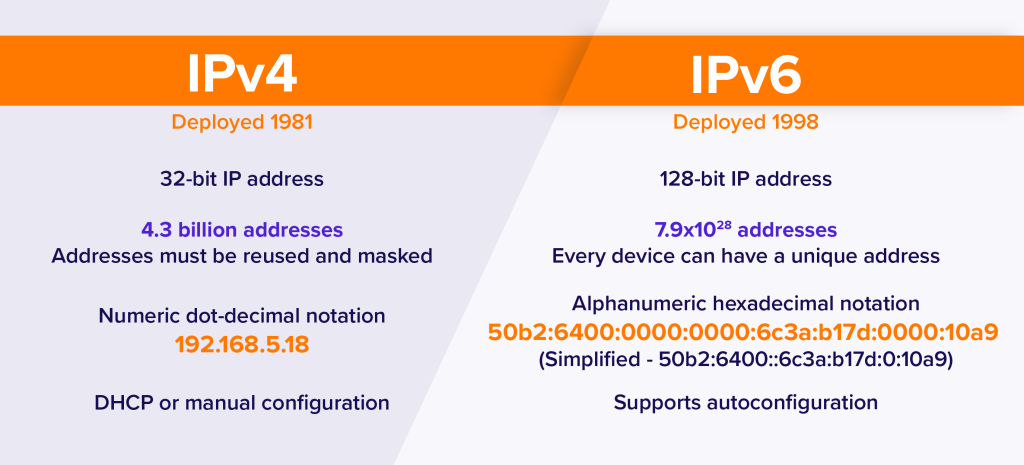
Source: https://www.avast.com/c-ipv4-vs-ipv6-addresses
That issue being IPv4 is still the most used, but as more connections are made on the internet you will see its key weakness is scalability. However, IPv6 which can scale cannot transmit data to an IPv4 ecosystem. In simple terms this means there are two cities without a connecting road.
Considering most connections are built for IPv4 it only makes sense companies like ProxyEmpire build out their services based on the majority of connection types. The good news is a machine can be configured to utilize both IPv4 and IPv6.
This is called dual stacking; a solution of running both connections parallel at the same time. Most personal computers already come with this ability built-in.
How The Two IP Ecosystems Transmit Data.
IPv4 has a more simplistic routing scheme than IPv6, which makes it faster and easier to implement as it sends packets by looking up the destination address in a routing table. Then it sends over the interface that has the appropriate route.
IPv6 packets travel along with a flow label and an upper-layer protocol specified in 48 bits in the Next Header field of the IPv6 header, whereas IPv4 only has 32 bits available for this header.
IPv6 is set up differently than IPv4.
IPv6 packets are sent to an initial node, which does not exist in IPv4. The upper layers (TCP and UDP) exchange messages with the transport layer (TCP or UDP respectively) via sockets, but this doesn’t happen in IPv6 because IPv6 has no equivalent to IPv4’s sockets.
With IPv6, the upper layers exchange messages with the transport layer via the API (Application Programming Interface).
It’s more flexible and extensible than IPv4 because of its large address space and simple header format. This allows for easier integration of different types of networks such as frame relay networks.
IPv6 also implements one of the most important new Internet layer functions, Flow Labels, which provide Quality of Service (QoS) to IP packets. We will talk more about QoS later.
The Differences Of IPv4 And IPv6 Packets.
An IPv4 packet has five parts: header, data, link-layer header, router header, and trailer. The IPv6 packet is much simpler with a total of 20 bytes. In an IPv4 packet, the header has a minimum size of 20 bytes and a maximum size of 60 bytes while the IPv6 packet contains only a 40 byte header.
This reduction in required space makes IPv6 more efficient for transmitting packets.
The IPv6 header contains the source and destination addresses, traffic classification options, hop counter values, and other control information.
It is fixed at 40 bytes in length no matter what the size of the payload is. This means that forwarding decisions can be made by simply looking at the headers because there are no fields to check for options or other data.
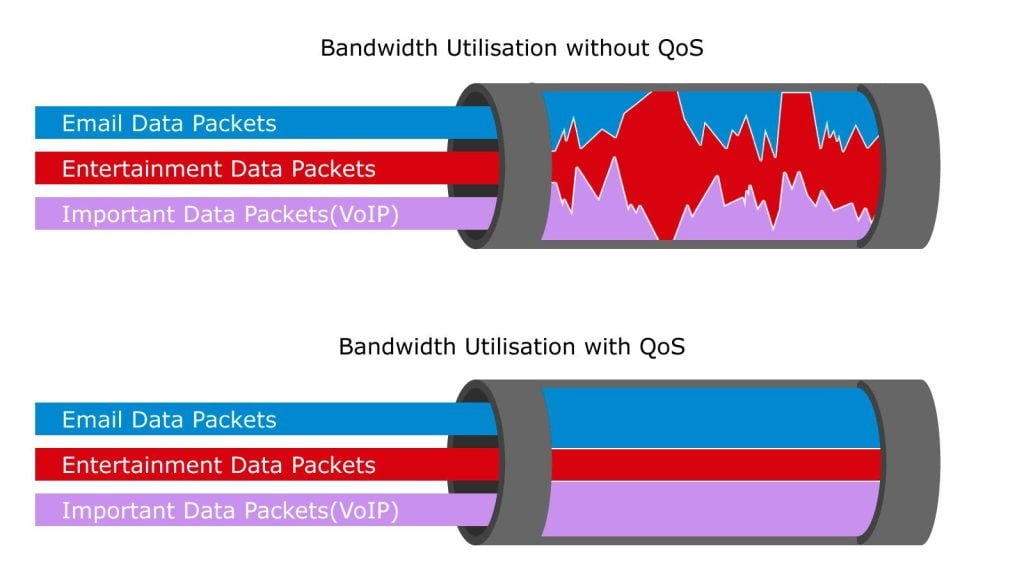
IPv6 uses a flow label to support Quality of Service (QoS), which is a feature that IPv4 does not have. QoS lets packets be given priority, which results in shorter delays after network congestion occurs and less vulnerability to outside attacks.
The IPv6 packet also has eight different extension headers instead of the two available in IPv4.
Extension headers provide support for Internet security, multicast addressing, simple network management protocol (SNMP), and other advanced features that are not available with IPv4.
Security Comparisons Between IPv4 and IPv6.
Several security enhancements come with IPv6 that make it more secure than IPv4. One of these is the use of message integrity check values to ensure the data has not been tampered with as it is transmitted between devices.
It also contains Internet security association and key management protocol (ISAKMP) work to allow for authentication and encryption of Internet Protocol Security (IPSec).
IPv6 fixes a problem that exists in IPv4: the Time-to-Live (TTL) field value of 30
was reserved to avoid an infinite loop. Anyone who has set up a custom email knows what TTL is. =D
Unlike IPv4, it does not use this field for this purpose and instead makes the field available to be used as a counter for which packets can expire after a certain amount of time.
In IPv4, security companies have started using firewalls that check the IP header TTL value as a way to control access into the network. This is because many users will change this value to allow their computers or other devices to connect longer than what the firewall allows.
This is one of the most important features brought on by IPv6 because it makes it harder to spoof the data packets traveling into a network.
Cross-device capability differences.
IPv6 includes support for Mobile IP, which enables mobile devices to maintain their Internet Protocol (IP) addresses even while they are moving or roaming across networks.
This is useful for mobile devices like smartphones and laptop computers because it allows the device to be consistently reachable by applications, services, and other systems no matter where they move on the network.
This prevents IPv4’s need for Network Address Translation (NAT), which allows multiple devices to share a single public IPv4 address.
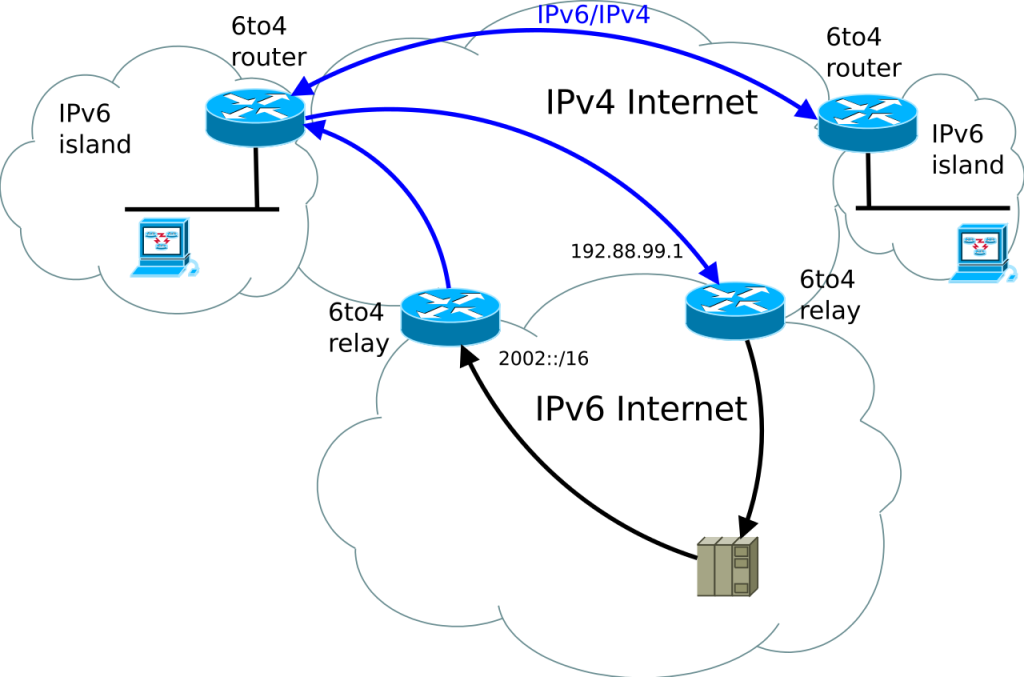
Source: https://en.wikipedia.org/wiki/6to4
NAT is commonly used with residential Internet service providers but it poses some significant challenges for peer-to-peer applications and other similar types of file sharing, VoIP (voice over IP), and video streaming.
Several technologies such as Teredo and 6to4 provide tunneling IPv6 across the IPv4 Internet. This allows internal devices to connect with external ones by using their currently available public or private IPv4 addresses rather than having to allocate new ones for this purpose.
What is the future of Internet Protocol?
It’s clear to see that IPv6 is the future of the way we connect on the internet.
The changes that come naturally with IPv6 promote simpler management of devices, extra security, mobility support, and expanded use beyond what is possible with IPv4 which was created in the 1980s.
This clearly makes IPv6 a significant improvement from IPv4 and it is expected that the Internet will eventually convert over to using IPv6.
When?
As we stated earlier, the two ecosystems cannot communicate with each other and IPv4 is the most common way of connection because it was first. Until the finite scalability of IPv4 becomes an infrastructure issue, the future will wait.
In either circumstance, ProxyEmpire is always here to help you stay anonymous and gain the data your enterprise needs. Remember. we are just a click away with our live chat support.
